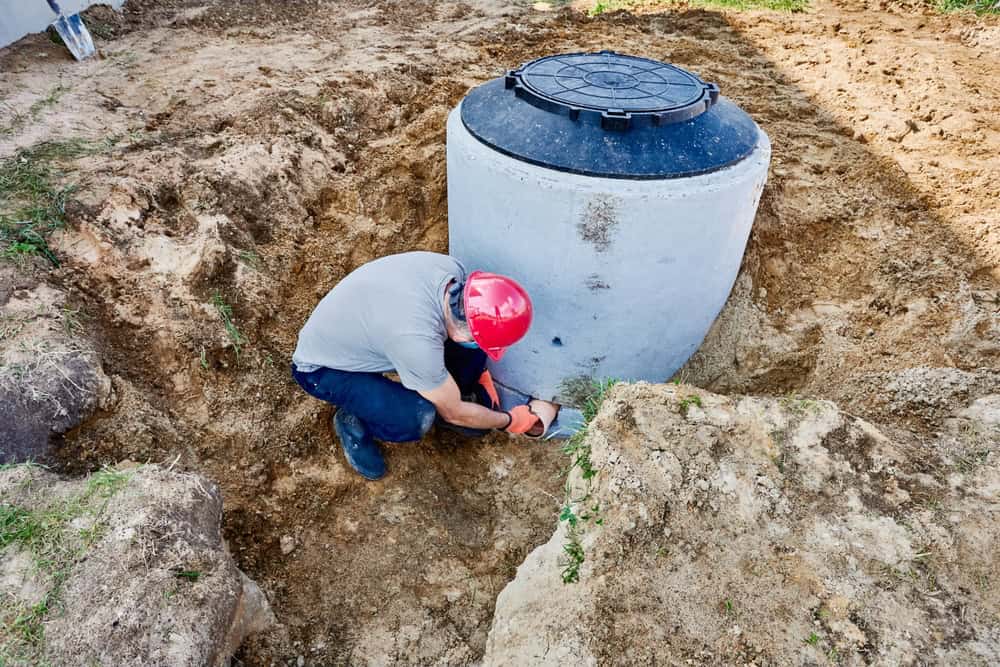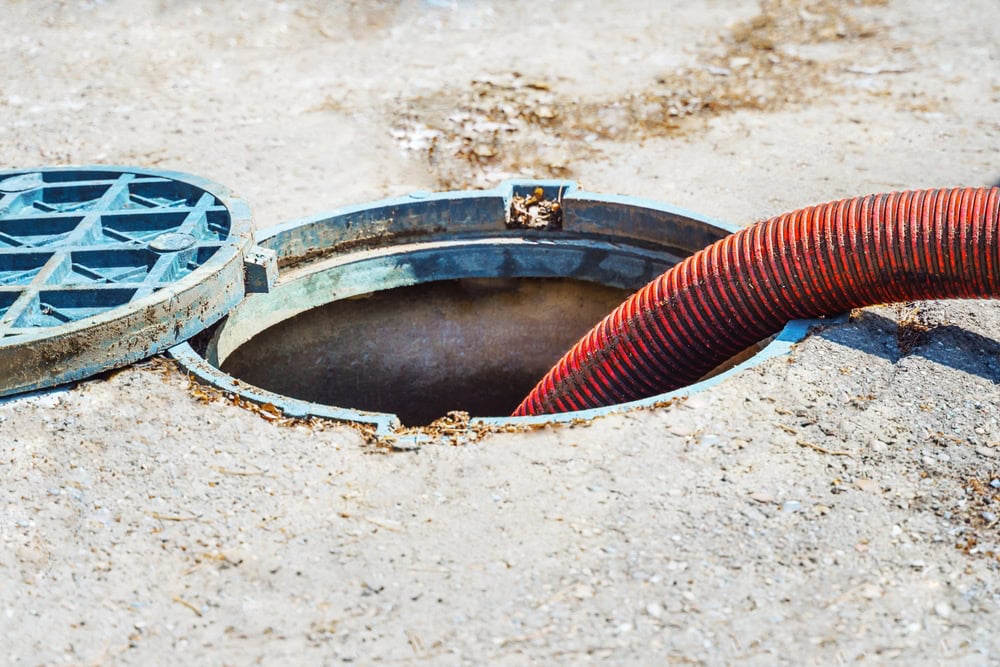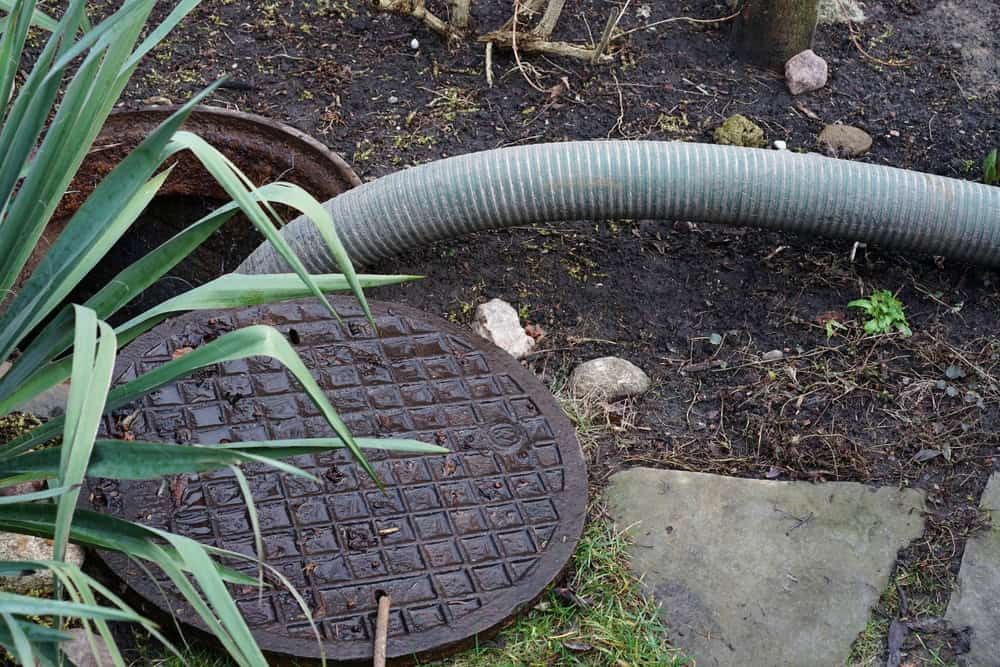Summary:
Why Long Island Septic Systems Fail Differently Than Everywhere Else
Long Island’s geography creates septic challenges you won’t find anywhere else in New York. Our sandy soil drains quickly, which sounds good until you realize it also means contaminants move faster toward groundwater sources. The high water table that makes our lawns green also puts constant pressure on septic systems that weren’t designed for these conditions.
Most septic companies treat every system the same way. They pump, they leave, they send a bill. But Suffolk and Nassau County systems need specialized attention because of nitrogen pollution regulations that have completely changed the game. What worked for your neighbor’s system five years ago might violate current environmental standards today.
The Hidden Costs of Ignoring Long Island's Unique Septic Requirements
Here’s what most Long Island homeowners don’t realize: skipping regular pumping allows solids to overflow into your drain field, causing permanent soil damage that requires expensive replacement costing $15,000-30,000. But the financial hit goes beyond just replacement costs.
Suffolk County now requires septic system inspections every three years, with Nassau County requiring inspections every five years. Miss these deadlines, and you’re looking at fines plus emergency compliance costs that can double your expenses. When you try to sell your home, properties with neglected cesspools often fail inspections and require expensive repairs before sales can proceed.
The regulatory landscape has shifted dramatically. As of July 2019, Suffolk County requires all existing cesspools to be replaced with advanced wastewater treatment systems. This isn’t a suggestion—it’s the law. And while grant funding is available (Suffolk County provides up to $10,000, Nassau County up to $20,000), these programs have waiting lists and strict eligibility requirements.
Emergency situations cost even more. Emergency pumping typically costs 40-60% more than scheduled service, and that’s assuming you can find a company available immediately. During busy periods or bad weather, emergency calls can take days to fulfill while sewage backs up into your home.
Warning Signs That Save Long Island Homeowners Thousands
Your septic system gives you plenty of warning before catastrophic failure, but you need to know what to look for. Slow drains or gurgling sounds from toilets and sinks are early warnings that your tank might be full or a blockage is forming—identifying these signs early can save you from a $1,500 emergency pumping fee or a $10,000 drain field catastrophe.
Foul odors, specifically a sewage smell near the tank or drain field, suggest gases aren’t venting properly or wastewater is escaping—this is more than unpleasant, it’s a signal your system is struggling. Don’t ignore unusually lush, green patches of grass directly over your drain field, especially during dry periods, as this suggests wastewater is over-fertilizing the area due to a leak or system overload.
The most obvious warning is also the most expensive to ignore: sewage backup into your home. This happens when your system is clogged or full, and because sewage cannot flow through your septic tank into your dispersal area, it goes back into your home instead.
Long Island’s sandy soil means problems develop faster than in other areas. Most Long Island cesspools show signs of deterioration after 15-20 years of service, and early detection through professional inspection extends system life and prevents groundwater contamination. The key is catching these issues during the hundreds-of-dollars repair stage instead of the thousands-of-dollars replacement stage.
The Complete Long Island Septic Maintenance Approach That Prevents Failures
Real septic maintenance goes far beyond just pumping when the tank gets full. The most effective approach combines regular professional service with specific attention to Long Island’s environmental requirements and regulatory compliance. This means understanding not just when to pump, but how to pump, what to inspect, and how to document everything properly.
Pumping frequency depends on your specific situation: a 750-gallon tank may need service every 2-3 years, while a 1,500-gallon tank can go 4-5 years. But these are just starting points. Your actual needs depend on household size, water usage, and the age of your system.
What Our Professional Long Island Septic Service Actually Includes
Here’s where most septic companies cut corners, and where the difference between cheap service and effective service becomes obvious. We provide a complete septic tank pump-out, not just partial liquid removal, including agitating the tank contents to break up hardened solids—this facilitates thorough septic sludge removal from the bottom of the tank, which is a step many companies skip.
Using high-powered vacuum trucks allows for efficient and complete cleaning in a single visit, and this detailed approach restores your system’s capacity and extends the time between service calls, giving you better value and function. But our service doesn’t stop there.
Our professional inspection includes measuring waste levels, testing distribution line flow, and documenting compliance with current environmental regulations. You receive detailed documentation showing system condition with photos and repair recommendations, with written reports available the same day for urgent situations.
As Long Island’s most experienced septic professionals, we understand local soil conditions. Our licensed professionals know local regulations and soil conditions specific to Nassau County properties and can spot problems that generic services miss. We know how Long Island’s sandy soil affects drainage, how the water table impacts system performance, and what environmental regulations mean for your specific property.
Documentation matters more than ever. Suffolk County requires cesspool pumping records for property transfers and renovation permits, and homeowners must maintain documentation showing regular waste removal by licensed contractors to avoid delays during real estate transactions.
Long Island Septic System Inspection: Beyond Basic Pumping
Cesspool inspection reveals hidden problems that cause expensive emergency repairs when left undetected, including structural damage, distribution line clogs, and waste accumulation levels that affect system performance. But effective inspection requires more than just looking into the tank.
We use video cameras and electronic locating equipment to assess areas inaccessible during visual inspections. This technology reveals cracks in distribution lines, root intrusion, and soil saturation issues that can’t be seen from the surface. Regular inspection prevents sudden failures that require emergency pumping and costly excavation repairs, identifying problems during early stages when repairs cost hundreds instead of thousands required for complete system replacement.
Long Island’s regulatory environment makes professional inspection even more critical. Due to changes in Suffolk County’s Sanitary Code as of July 1, 2019, replacement of existing cesspools or septic systems requires filing registrations with the health department. Professional inspection ensures you understand exactly where your system stands regarding current regulations.
Our inspection process includes evaluating your system’s capacity relative to your household’s current needs. Many Long Island homes have been renovated or expanded since their septic systems were installed, creating mismatches that lead to premature failure. We can identify these issues before they become expensive problems.
Most importantly, professional cesspool inspection prevents expensive surprises and maintains system performance that protects your property value and family health. The small investment in regular professional inspection pays for itself many times over by preventing the major repairs that catch unprepared homeowners off guard.
Protecting Your Long Island Home with Proven Septic Maintenance
Your septic system is one of your home’s most critical components, but it’s also one of the most neglected until problems force expensive emergency action. Long Island’s unique soil conditions, environmental regulations, and aging infrastructure mean that generic septic service simply isn’t enough to protect your investment.
The difference between a well-maintained system and a costly failure often comes down to working with professionals who understand Long Island’s specific challenges and regulatory requirements. When you need septic service that prevents problems instead of just reacting to them, Antorino & Sons brings over 60 years of Long Island experience to every job.
Don’t wait until warning signs become expensive emergencies. Professional maintenance costs a fraction of what system replacement demands, and it protects your property value while ensuring compliance with current regulations.




